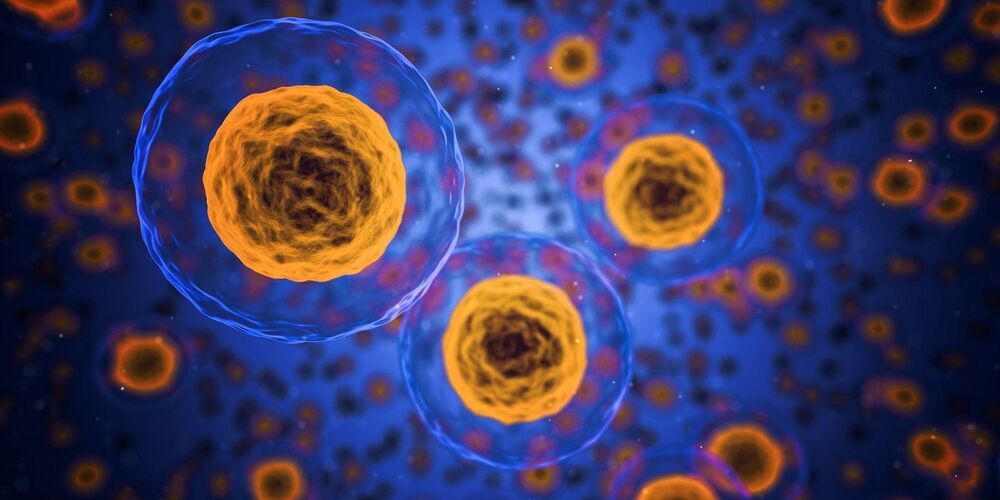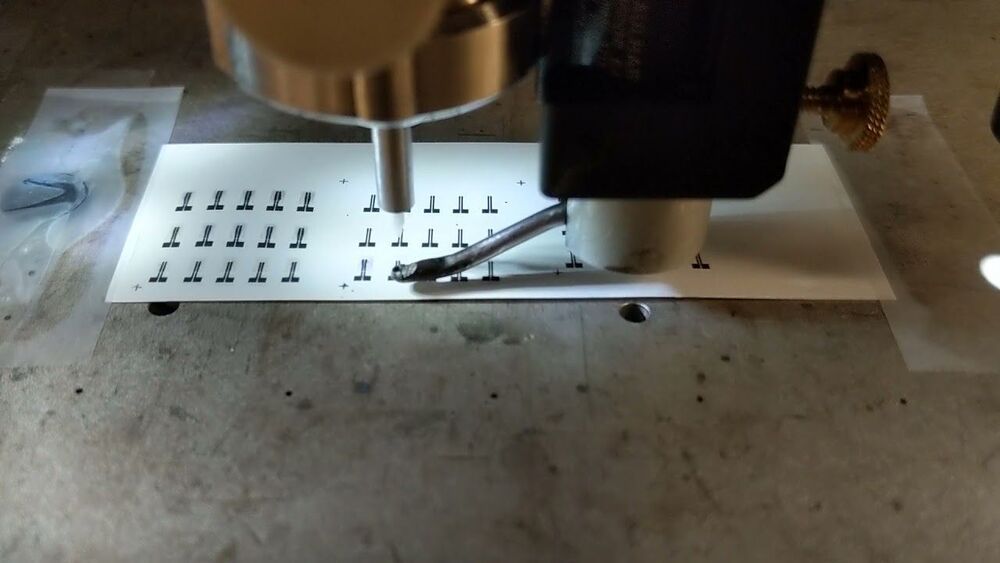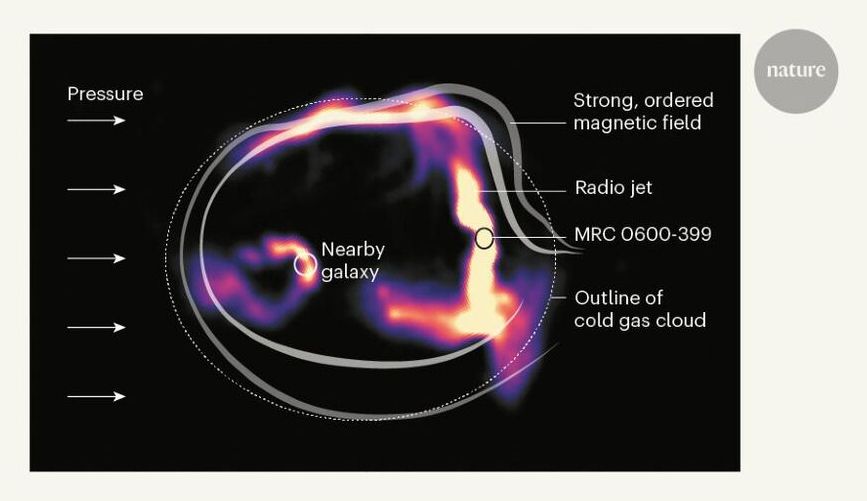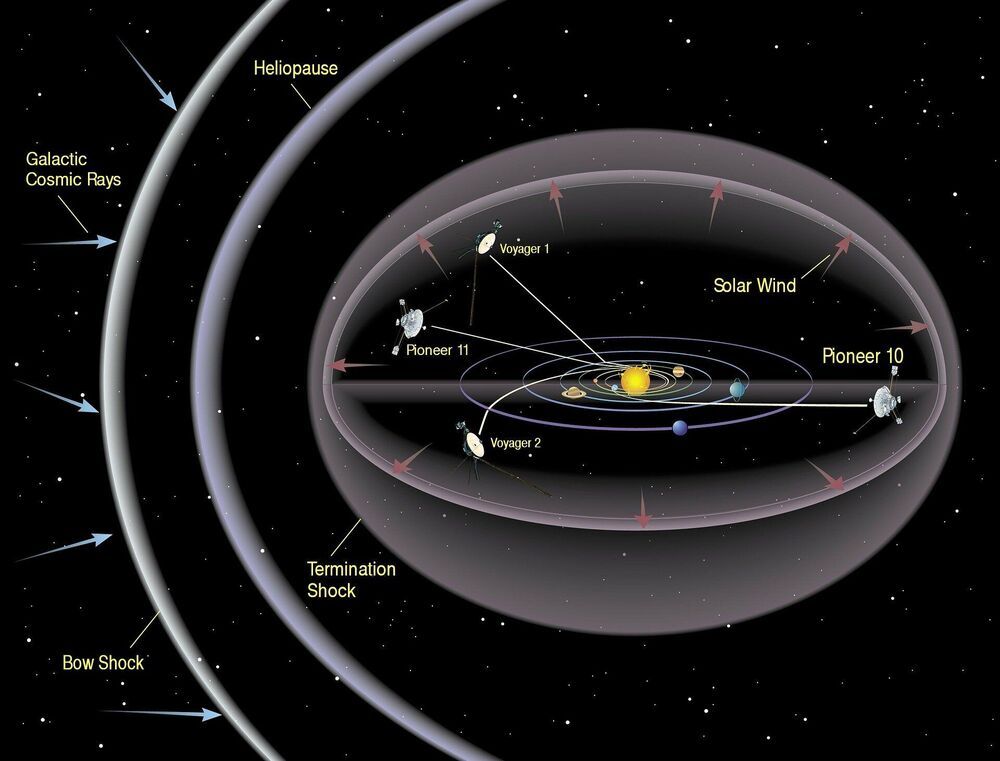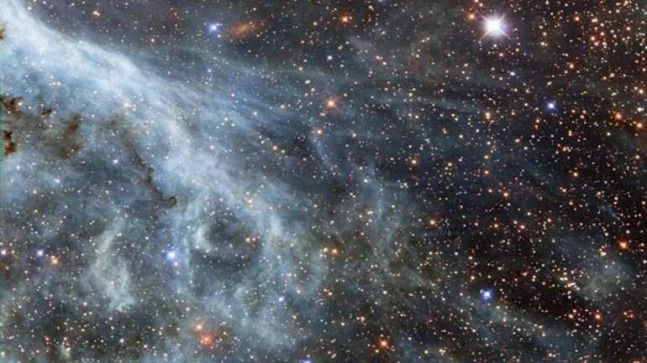May 10, 2021
Scientists find mechanism that eliminates senescent cells
Posted by Kevin Huang in categories: biotech/medical, life extension
Scientists at UC San Francisco are learning how immune cells naturally clear the body of defunct—or senescent—cells that contribute to aging and many chronic diseases. Understanding this process may open new ways of treating age-related chronic diseases with immunotherapy.
In a healthy state, these immune cells —known as invariant Natural Killer T (iNKT) cells—function as a surveillance system, eliminating cells the body senses as foreign, including senescent cells, which have irreparable DNA damage. But the iNKT cells become less active with age and other factors like obesity that contribute to chronic disease.
Finding ways to stimulate this natural surveillance system offers an alternative to senolytic therapies, which to date have been the primary approach to removing senescent cells. It could be a boon to a field that has struggled with how to systemically administer these senolytics without serious side effects.
